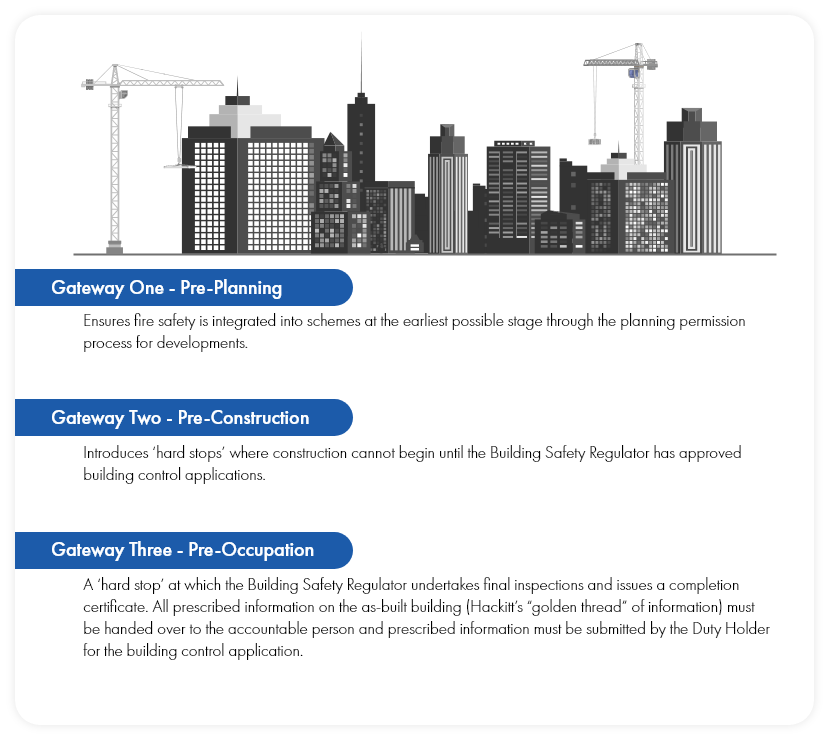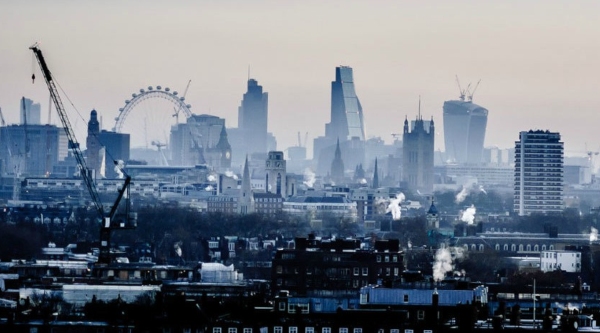Following the tragic events at Grenfell Tower in June 2017, claiming 72 lives, the Government commissioned the Independent Review of Building Regulations and Fire Safety led by Dame Judith Hackitt. In May 2018, Dame Judith’s final report ‘Building a Safer Future’ made 53 recommendations to rectify the failings of the current legislation.














